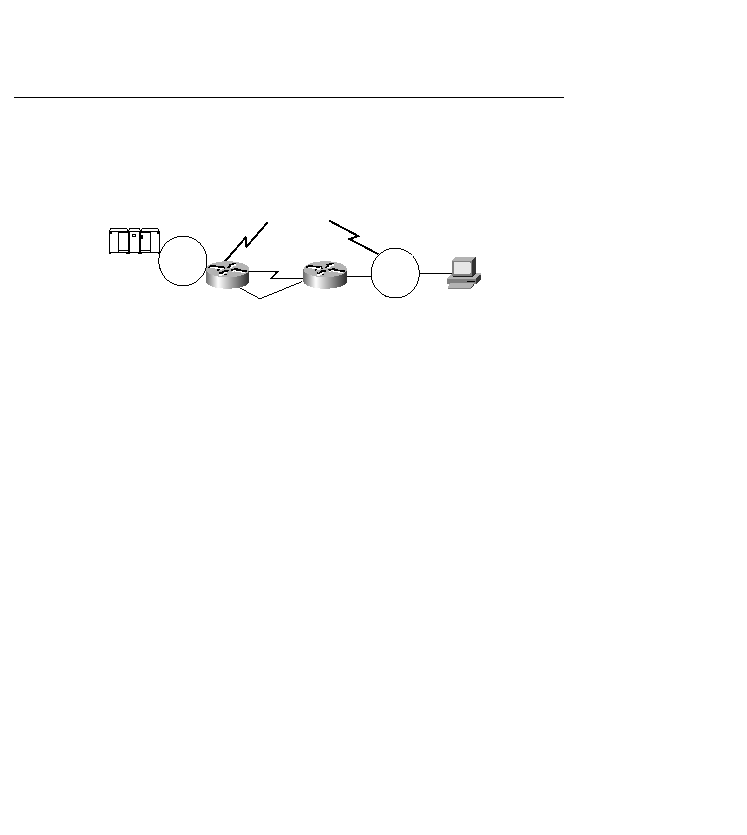
on DLCI 18, and FTP is on DLCI 19. Traffic is differentiated on up to four DLCIs with this
feature. DLCI 16 is high priority, and DLCI 17 is medium priority.
CIR could be 0, because Telnet is very low-bandwidth traffic, and the DLCI 16 could have a
CIR of 56 K.
make the network really purr. This section discusses some of the major tunable parameters and
the impact that the commands can have.
determined during peer establishment. The maximum IP frame size then dictates the maximum
number of SNA bytes that can be stored in one frame. The default is 1450 bytes for a TCP/IP
network. Changing this value can result in better performance. A good example is to increase
the serial MTU to 4096 bytes to allow larger frame sizes to traverse the serial link and,
therefore, carry more SNA data.
This command can also minimize packet fragmentation, because creating larger packets means
fewer smaller ones.